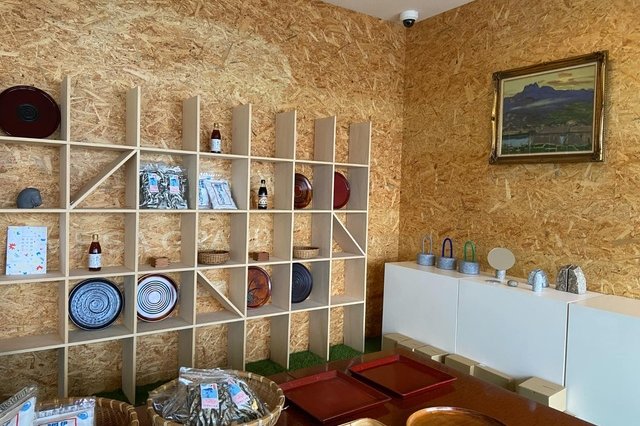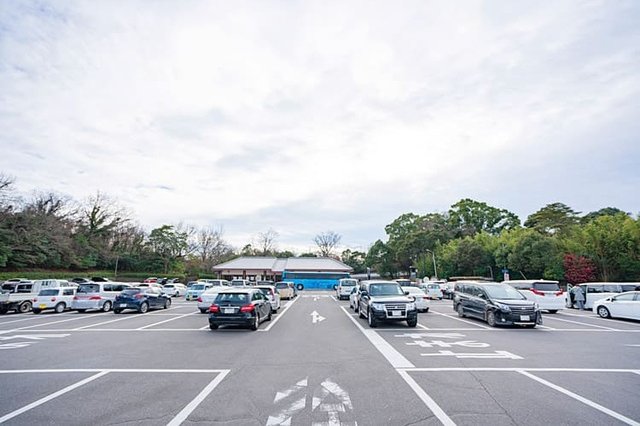The history of this temple goes back to 754, when Ganjin (Jianzhen), a Chinese monk, built the temple building Fugendo on the northern part of Yashima and enshrined within it a statue of Fugen Bosatsu (Samantabhadra Bodhisattva) and a Buddhist sutra, which he had with him. Later, a pagoda was built by Eun Risshi from Todai-ji temple’s Kaidan-in, who was a disciple of Ganjin. He also built a monastery, named the temple Yashima Temple (Yashima-ji), and became its first abbot.
In 815, Kobo Daishi visited Yashima-ji upon orders from Emperor Saga and transferred the temple buildings on the northern part to their present location on the southern part. He also carved an eleven-faced, thousand-armed statue of Kannon (Avalokiteshvara) and enshrined it as the temple’s principal idol.
During the Tenryaku period (947 to 957), Meitatsu Risshi dedicated the Shitenno (four heavenly kings) statues. The current principle icon of the eleven-faced, thousand-armed Kannon was created at that time. It is designated as an important cultural property of Japan.
The main hall of the temple, which is also designated as an important cultural property of Japan, was built in the Kamakura period (1185 to 1333). During the Edo period (1603 to 1868), it was renovated many times with support from successive local lords.
| Address | 1808 Yashima Higashimachi, Takamatsu, Kagawa 761-0111 |
|---|---|
| Tel | +81878419418 |










